Starting on March 21st, Nowruz also spelled Nowrouz celebration is one of the most ancient Iranian celebrations and is said to be the moment the sun passes through the Earth’s equator and heads north to the sky; this moment called Vernal Equinox is the first day in the solar calendar.
Nowruz is officially celebrated in 9 countries of Iran, Afghanistan, Tajikistan, Kirgizstan, Azerbaijan, Turkmenistan, Uzbekistan, and Kazakhstan and Albania, on March 21st or 22nd, and in some other countries such as in India and Zanzibar, minorities with Persian background still celebrate the beginning of spring season.
Poets and writers such as Ferdowsi, Aboureihan Birouni, Tabari and others consider the mythical King Jamshid the main founder of Nowrouz.
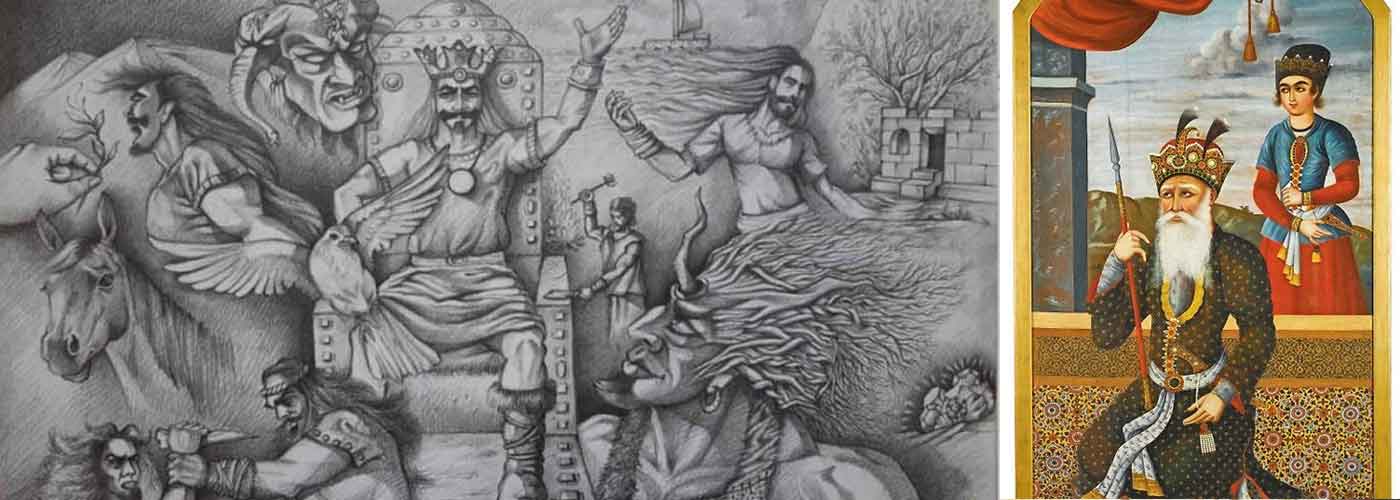
Vernal Equinox
In astronomy, the Vernal equinox (in the northern hemisphere) refers to two moments in a solar year when the sun passes through the celestial equator from the point of view of a terrestrial observer and moves northward. The vernal equinox is one of the two Earth equinoxes that occurs each year (the other equinox is the autumnal equinox).
In occasion of vernal equinox, the sun locates exactly above the Equator and day and night become of equal length; also, either of the two points in the sky where the ecliptic (the Sun’s annual pathway) and the celestial equator intersect. In the Northern Hemisphere, the vernal equinox (beginning of spring) falls about March 20 or 21, as the Sun crosses the celestial equator going north. In the Southern Hemisphere the equinox occurs on September 22 or 23, when the Sun moves south across the celestial equator. According to the astronomical definition of the seasons, the vernal equinox marks the beginning of spring, which lasts until the summer solstice (June 20 or 21 in the Northern Hemisphere, December 21 or 22 in the Southern Hemisphere).
Old Nowruz Traditions
Much of Nowruz traditions have routes in Zoroastrianism (an ancient monotheistic religion with followers in Iran and India).
1
Spring cleaning before Nowruz
Shortly before Nowruz, Iranians start to clean their homes and dust off the furniture, and this cleanliness is a symbol of the immaculateness of people’s hearts and their closeness to one another.
2
Haft-Sin table and year delivery moment
Haft-sin or Haft-Seen is one of the long-standing Iranian customs; a colorful table arranged with seven symbolic items whose names start with the Persian Alphabet letter “س” pronounced “S”.
Items usually are as of coins, garlic, sumac, Samanu a sweet pudding made of wheat, Sabzeh meaning wheat, barley, or lentil sprouts grown in a dish, apples, clock, and vinegar.
Side elements used to adorn the setting include mirrors, candles, colored eggs, hyacinths, and clocks. But the most controversial are gold-fish in bowls! Which originally does not have any connection with Iranian old-fashion Haft-sin but it has been adapted from Asian cultures.
In fact, Haft-Sin table is a gathering spot for family members to come together at the moment of the year delivery.
Each Haft-Seen item is a symbol for an ancient Persian holy spirit, 5 of which are spirits of 5 months in the Persian calendar.
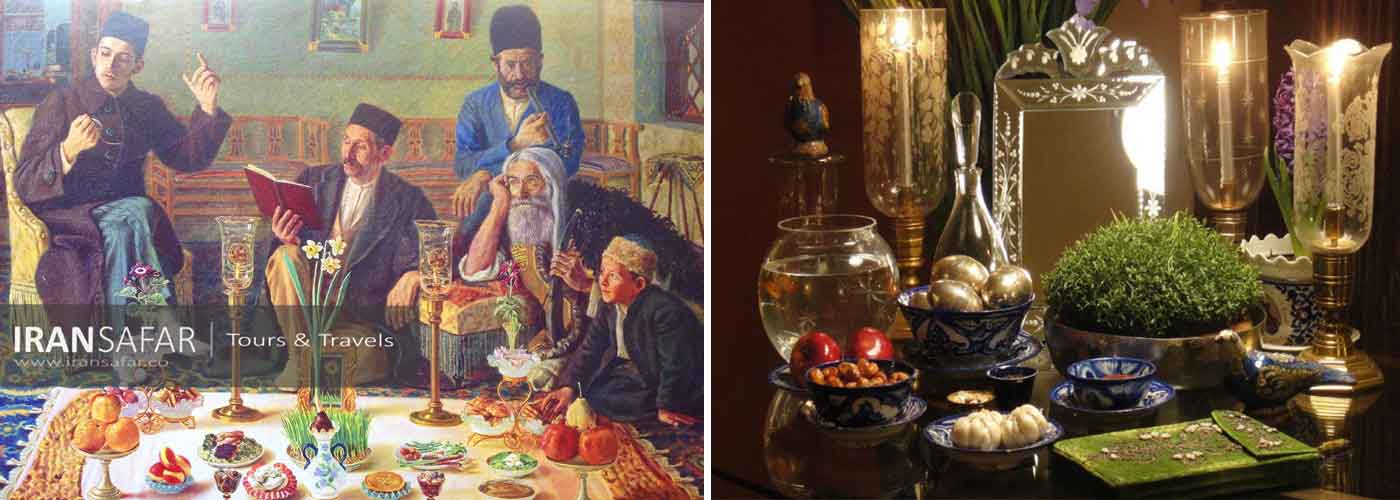 Painting by Kamal Al-Mulk demonstrating Nowruz Celebration (19th C)
Painting by Kamal Al-Mulk demonstrating Nowruz Celebration (19th C)
3
Charshanbeh Suri
On the last Tuesday of year – Right before Nowrouz- Iranians celebrate the Fire Festival in their own districts, streets or parks. Chaar-Shanbeh means Wednesday and Suri means both ‘Red’ and ‘Celebration’. On Tuesday evening, people go out and set bush fires and jump over them shouting at fire: My Yellowness, be yours … and give me your redness!
Yellowness signifies sickness and poverty and red face is a symbol of prosperity and health.
They keep fire burning till the next morning, which symbolizes burning all unhappiness of the past year, looking forward to a very happy new year.
Chahar shanbeh Suri, considered Iranian Halloween, bears several traditions which make the festival a richer perspective.
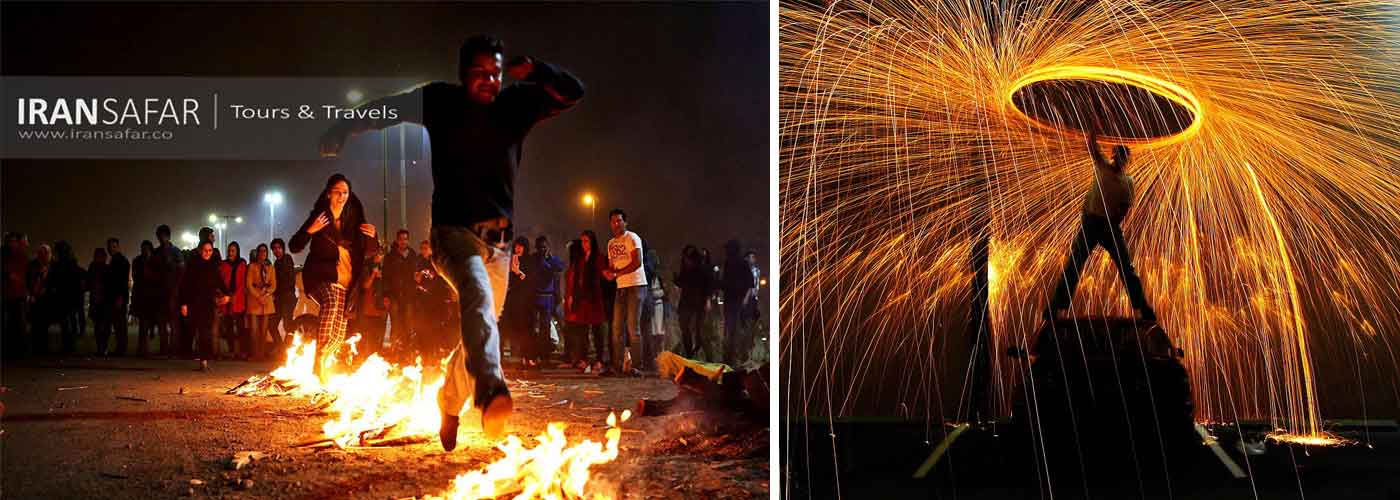
4
Nowruz Visits
Gatherings and Nowrouz visits are among other ancient Iranian Nowruz customs; the younger ones go to visit the elderly relatives and receive gifts, and the older ones respond in kindness to the younger ones at home.
5
Amu Nowruz & Haji Firuz
In Iran, the traditional heralds of Nowruz are Amu Nowruz and Haji Firuz, who appear in the streets before the holiday starts.
Amu Nowruz is depicted as an elderly man with a long white beard much like his western equivalent Santa Claus. He carries a walking stick, wearing a traditional cloak and hat.
Haji Firuz, a character with his face and hands covered in soot, covered in red clothes and a hat, is the companion of Amu Nowruz. He sings and dances in the streets while singing and playing the tambourine. In the traditional songs, he introduces himself as a serf trying to cheer people whom he refers to as his lords.
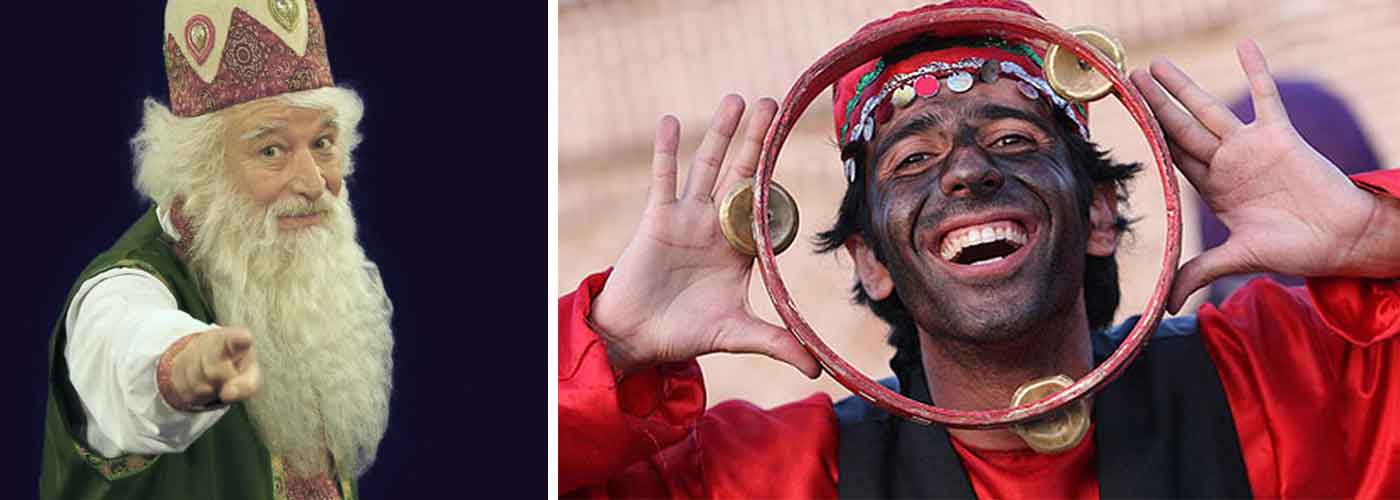
6
Nowruz Sizdah-Be-dar
Every year, On the thirteenth day of month “Farvardin”, Iranians provide the traveler to go to the plain on the thirteenth day and to dispose of the thirteen thunder because they consider it a bad day.
In the evening, Iranian girls knit a vegetable to open their fortunes and flush the vegetation on the way back, or drop in the wild.
“Sizdah bedar” is another Nowruz costom that takes place on the thirteenth day of the New Year – the last day of Nowruz holiday. “Bedar” means getting rid of something and therefore “Sizdah bedar” gives the meaning of “Getting Rid of Thirteen” which is locally known as an unlucky number.
On this reputedly “unlucky” day, Iranians leave their homes and spend their time outdoors, picnicking with families and friends. Since this is the last day of New Year holiday, Iranians love to enjoy themselves by dancing, singing, playing around and enjoying the specially prepared food together. These fun makings and laughter is believed as a way of repelling “evil” for the whole New Year.
Most Popular Traditions on Sizdah-Bedar
Sizdeh-bedar is also called the national Nature Day. On this occasion, People follow some traditions as per below:
Going out | taking refuge in nature
It is believed that anyone who stays at home on the thirteenth day of Nowruz, will face infelicity and one must leave home at least for a few minutes. Among the ancient Iranians, no day was known as the day of evil. They believed only a few numbers as sacred numbers, such as seven, but historical books indicate that in 52 AD Greeks introduced the unlucky 13 to the Iranian culture.
In the old days when cities had multiple gates, on the thirteenth day everyone would go out of the gate and enter through another gate so that the evil demon with him left the gate waiting for the rest of the year behind the city wall.
Throw Sabzeh in running water
In the past, it was common in the old days that farmers planted twelve crops of twelve types of grain – The same number of months of solar year. At the beginning of the new year, any better-growing grain would be taken as a lucky one and planted more than other kinds for the whole year round. This tradition is actually the origin of Sabzeh which appeared in Haft-sin table in modern days.
At the end of the thirteenth day of Nowruz, people throw the Sabzeh in streams or in rivers. Some believe that this would wash away old memories of the previous year and also the freshness of spring will move across the river and bring fertility to the land.
Knotting the Sabzeh
Another of Sizdah-Bedar traditions is to knot the Sabzeh in order to fulfill the wishes, which may be more appealing to the youth, especially for young single girls to fulfill their wishes. They knot the leaves of the Sabzeh before discarding it, expressing a wish to find a partner or a husband.


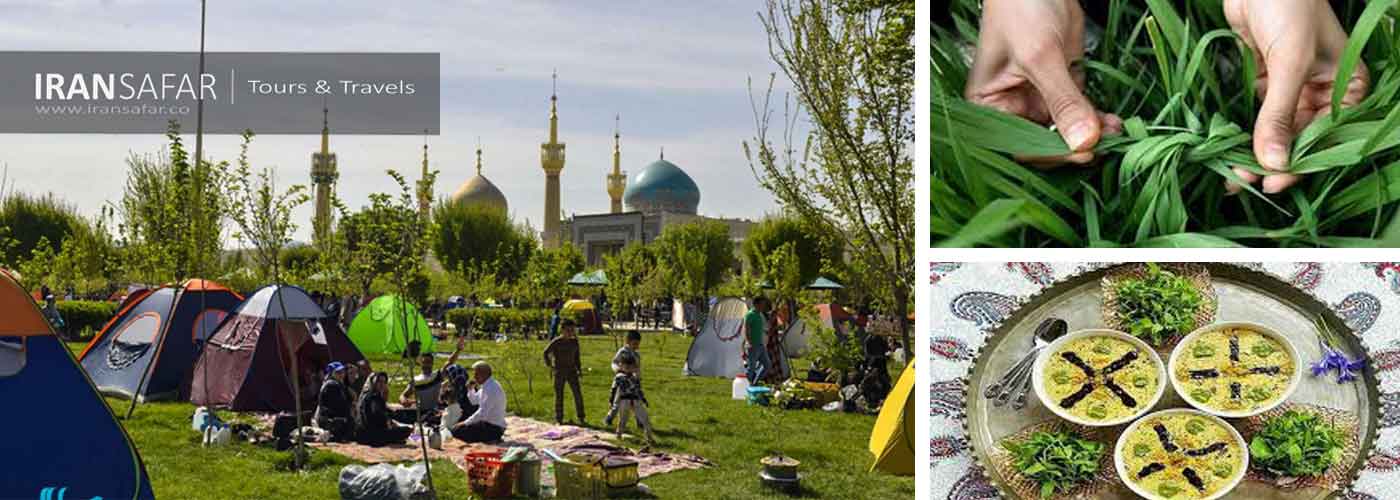
Comment (0)